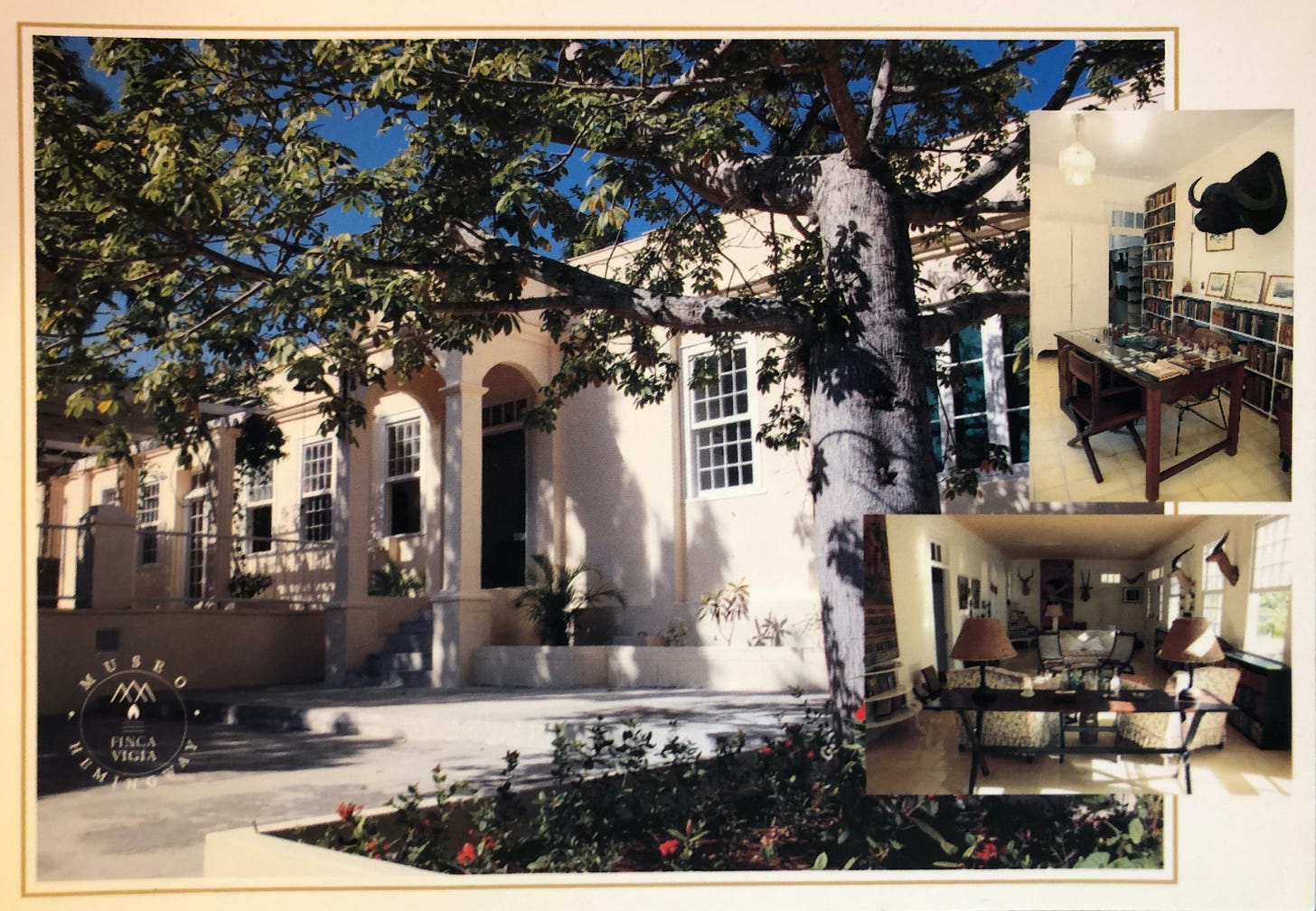Between 1931 and 1961, the year he died, Hemingway had three wives and three houses. Pauline (Pfeiffer), Martha (Gellhorn), and Mary (Welsh). Key West, Cuba, Ketchum. There was a wife before, a first one, Hadley (Richardson), “a likeable but not alluring girl,” now enshrined in sweet legend. They were married from 1921 to 1927 but didn’t have a house. They lived in apartments and hotels in Austria, France, and Spain. They skied a lot and enjoyed bullfights together. Hemingway wrote much of his finest work during these years, the stylistically innovative short stories and the novel The Sun Also Rises, and made many influential literary connections. Gertrude Stein was their baby Jack’s godmother. Hemingway said of her: “I always wanted to fuck her and she knew it and it was a good healthy feeling.” Gertrude Stein!
But I digress. The houses … the wives …
Keep reading with a 7-day free trial
Subscribe to Book Post to keep reading this post and get 7 days of free access to the full post archives.



